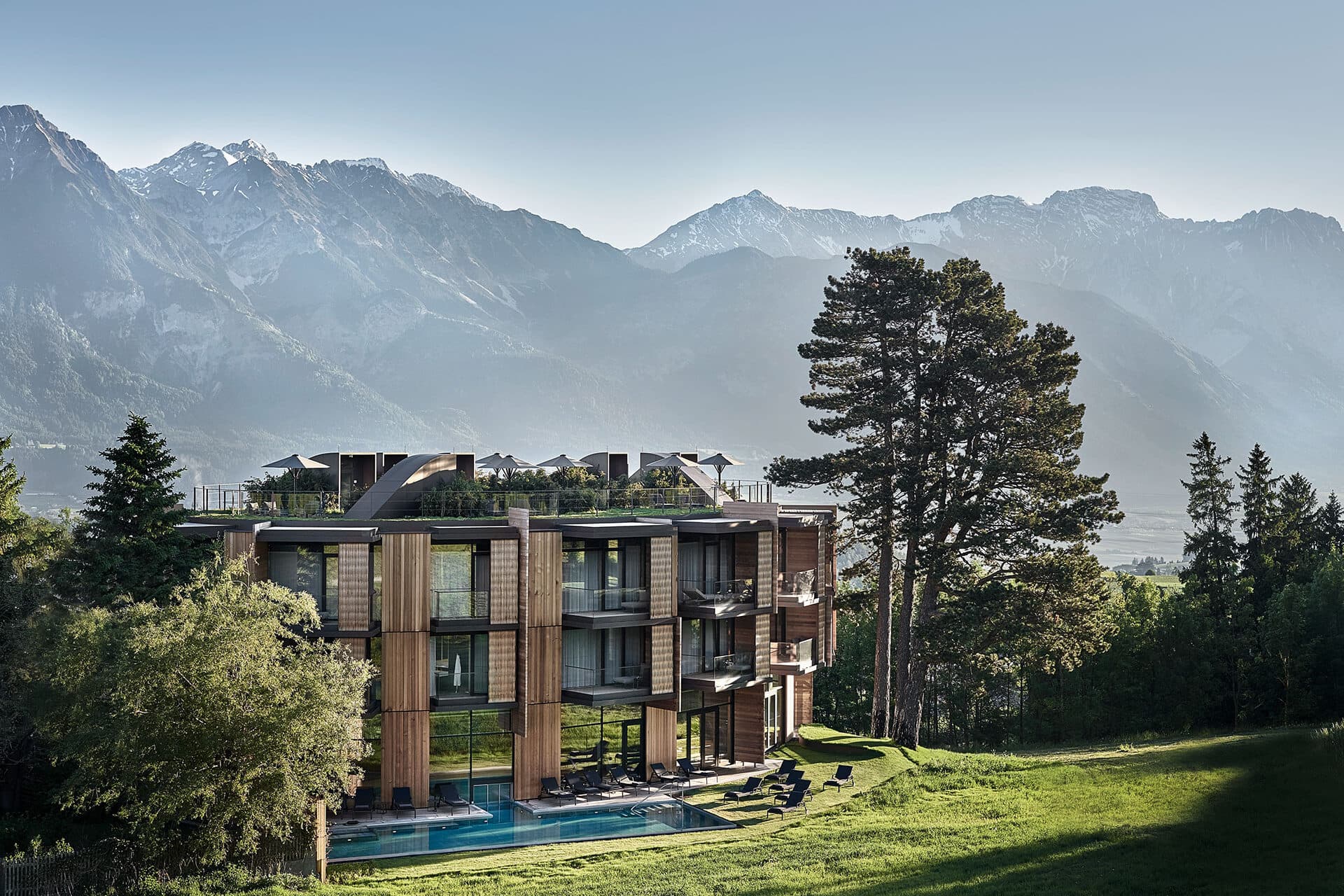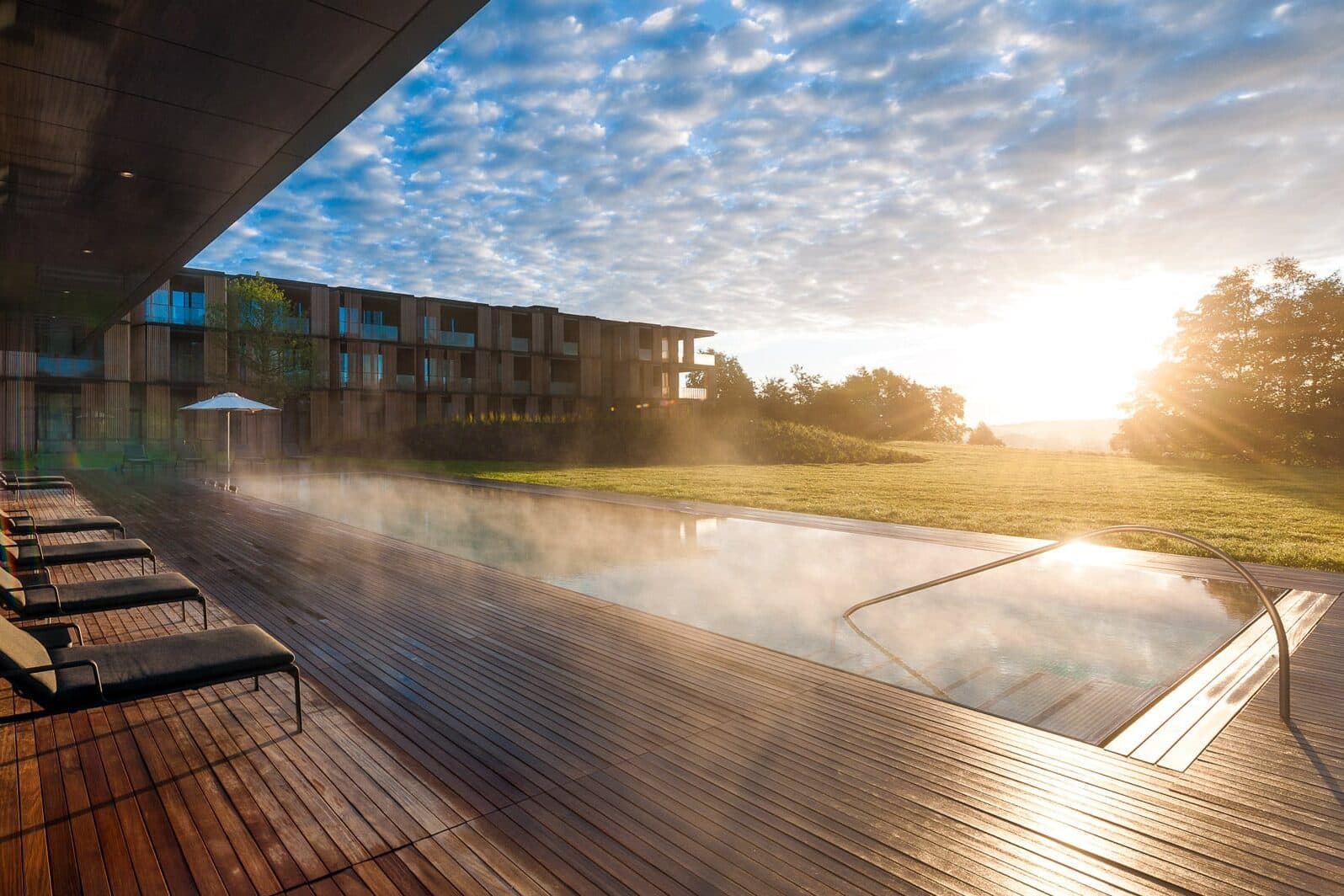
World’s Best Longevity Clinic
We embody the pinnacle of excellence in preventative health, regeneration, and optimisation.
As a world leading institution in holistic medicine, we integrate state-of-the-art medical science with proven alternative healing approaches. The Lanserhof Concept creates an intelligent balance between personalised fasting programmes and bespoke therapeutic solutions.
At Lanserhof, exceptional care is paired with profound expertise. Our interdisciplinary team of specialists guides you on a personalised journey towards lasting well-being, vibrant health, and enhanced longevity. Beyond this, we provide meaningful insights into your body’s inner rhythms, helping you discover a renewed sense of physical harmony.
To us, health is far more than the absence of illness; it is the harmonious connection of body, mind, and soul – an aspiration that informs every aspect of what we do.
Live better. For longer. That is our claim for your stay and the primary goal of the Lanserhof Concept.
Developed for four decades and developed in daily practice at Lanserhof, this approach is based on the valuable findings of naturopathy, energy medicine, psychology, psychoneuroimmunology, chronomedicine and modern cutting-edge medicine: an intelligent symbiosis that has won many awards.
In addition to our resorts, three other medical facilities with different focuses belong to the Lanserhof family.

Hamburg
The specialist practice has extensive qualifications in the treatment of orthopedic clinical pictures with a focus on sports and regenerative medicine.
Learn more
Hamburg
The therapists at LANS Physio are well-trained physio, sports physio, craniosacral and manual therapists. They master qualified integrative body techniques to treat specifically and holistically.
Learn more
London’s leading private wellness clinic with a special approach to health, fitness and vitality – an oasis of calm in the heart of Mayfair.
Learn moreBring Lanserhof into your home
Discover everything you need to support a healthier and more active lifestyle (or maybe just life). Experience the essence of Lanserhof at home with our carefully curated selection of premium, high-quality products.

This gift card can be used for all services at any of our locations. It can be ordered conveniently and easily online.
















